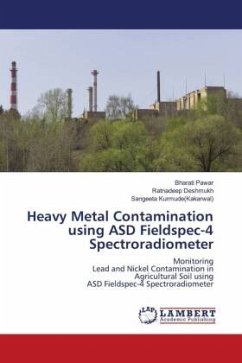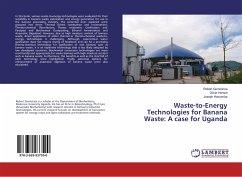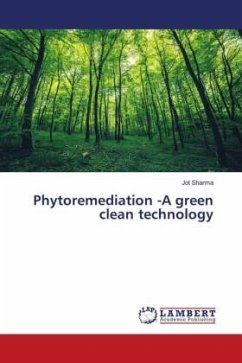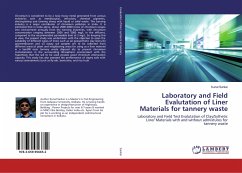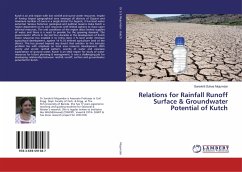Mining activities over centuries have a legacy of severe environmental degradation. Mine wastes contain a high level of heavy metals which contaminate mine sites and lead to the declination and disappearance of indigenous plants and animal species as well as groundwater pollution. This study focused on a laboratory model system using amended clay soils to prevent surface and ground water pollution by heavy metals.Three clays (kaolin, montmorillonite MK10 and montmorillonite KSF) amended with sandy soil was artificially contaminated with zinc to simulate a contaminated soil was leached by percolating water through them in columns over periods of 7, 14, 21 and 28 days. The result of the leachates analyses showed that all the three clays have an affinity for trace metals, and hence attenuated the zinc.
Bitte wählen Sie Ihr Anliegen aus.
Rechnungen
Retourenschein anfordern
Bestellstatus
Storno


